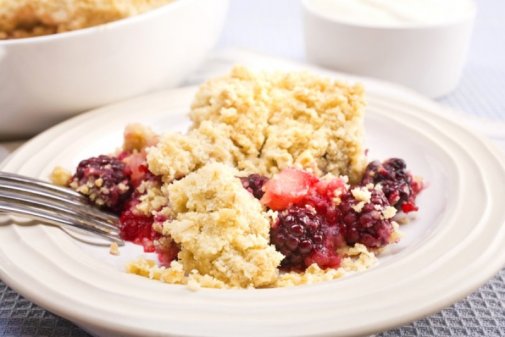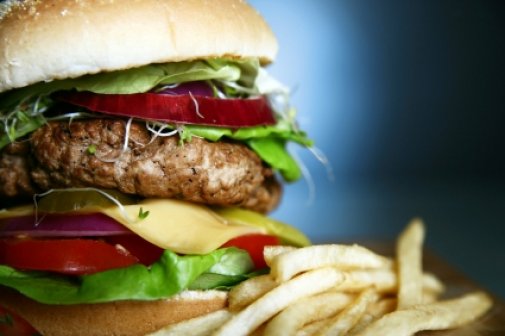
One part of the problem is that children aren't playing outside at home or at school as much as they have done in previous times. Many school districts nationwide have cut physical education classes in an effort to meet national academic standards. But what decision-makers don't realize is that being physically fit and having exercise breaks often helps students in the classroom. With decreased encouragement from adults - at home and at school - kids have less of an interest in exercise.
Children under 6 years old spend an average of 2 hours daily in front of a TV, or DVD. The American Academy of Pediatrics recommends children spend no more than 1-2 hours daily in front of a screen, and those under 2 years have no screen time. Older kids and teens spend a daily averge of 5 1/2 hours in front of a computer, TV, Video or DVD screen. Screens with children sitting in front of them have become the most popular babysitters of our era. It is so tempting for the tired over extended parent to give way to the distraction and help of this super babysitter, but it is at a cost.
It is important for children to learn how to entertain themselves, to be constructive, active, productive, helpful to other family members and at school. This does not happen when one is hypnotized in zombie like fashion in front of the "tube". There needs to be a family meeting and negotiation about how many hours a week can be spent this way, what those days and hours will be and specifically watching what? But even better yet, if there are other plans and activities involving physical movement, the time will be filled healthfully and constuctively. Instead of giving your child a video game for his birthday, give a bicycle and show them how and where to ride it.
Engage your family in a lifestyle of fitness. Discourage and limit excessive television watching, computer use, or gaming, unless it is the active Wii games, Also discourage snacking while watching television, doing homework, and other odd times. Instead encourage outside playtime, family activities, and recreational programs. How about ping pong, , tennis, dancing classes, martial arts, team sports. Try family walks, bike rides, and other outdoor sports. Plan hiking, skiing, swimming, and outings that will include physical activities. Encourage your children to do set chores that include activities like raking the lawn, picking up their items, vacuuming, or anything that will get them moving.
Did you know that 12 minutes daily of alternately intense exercise and rest can fully activate the body"s fat-burning capacity and help to build muscle? This approach is backed by numerous scientific studies and is detailed in the new book,
PACE: The 12- Minute Fitness Revolution by Dr Al Sears. Why not explore this and set up a PACE exercise program which will be helpful to both you and your children? This program provides considerable physical benefit in a short period of time daily.
If you can afford it, something like
The Gruve, an omni-directional accelerometer would be helpful. It can also be fun and an objective measure of activity upon which to base a reward system for your child. The Gruve measures the intensity and duration of activity. You can use it to measure the progress of work on increasing physical activity. Basically, it keeps track of how much you move about in your daily life and how many calories you burn. Not only are you getting this information from your device, but you can synch it up with the
Gruve website to view your daily calories burn records and track your progress.
You can use the Gruve to make the activity a contest between your children or you and your children, with a pre-decided reward given to the winner of the activity contest each week.
ABOVE ALL MAKE BEING MORE ACTIVE FUN!











 1 cup brown sugar
1 cup brown sugar Eating foods high in saturated fats is one of the most obvious ways in which LDL cholesterol can build up in the body, as is a lack of exercise to help the body burn off fat. However, cholesterol can also be a genetic issue. Diabetes is another factor, due to high triglyceride levels that are to be found in diabetics' bloodstream. Untreated thyroid conditions can raise cholesterol levels as well.
Eating foods high in saturated fats is one of the most obvious ways in which LDL cholesterol can build up in the body, as is a lack of exercise to help the body burn off fat. However, cholesterol can also be a genetic issue. Diabetes is another factor, due to high triglyceride levels that are to be found in diabetics' bloodstream. Untreated thyroid conditions can raise cholesterol levels as well.

